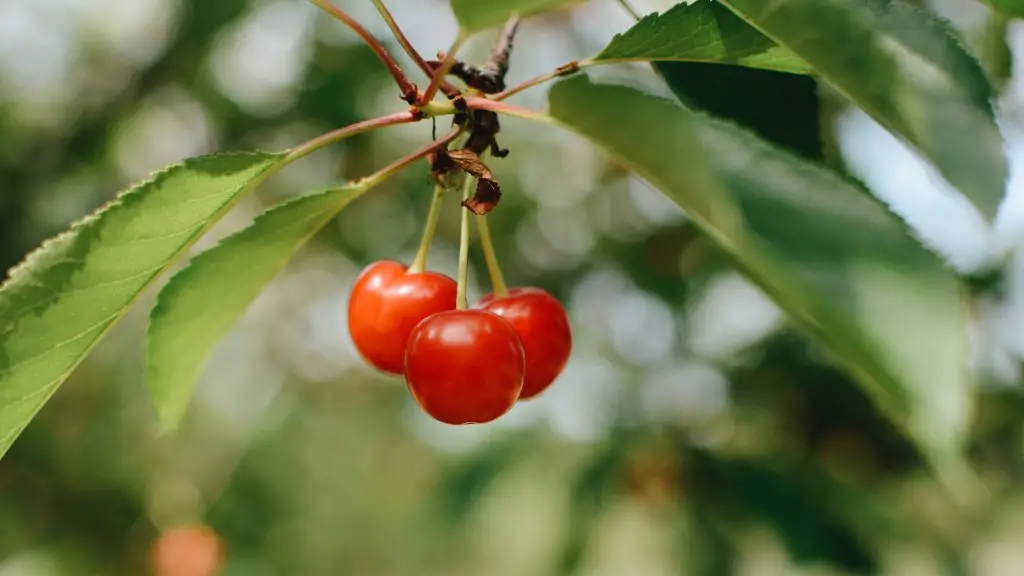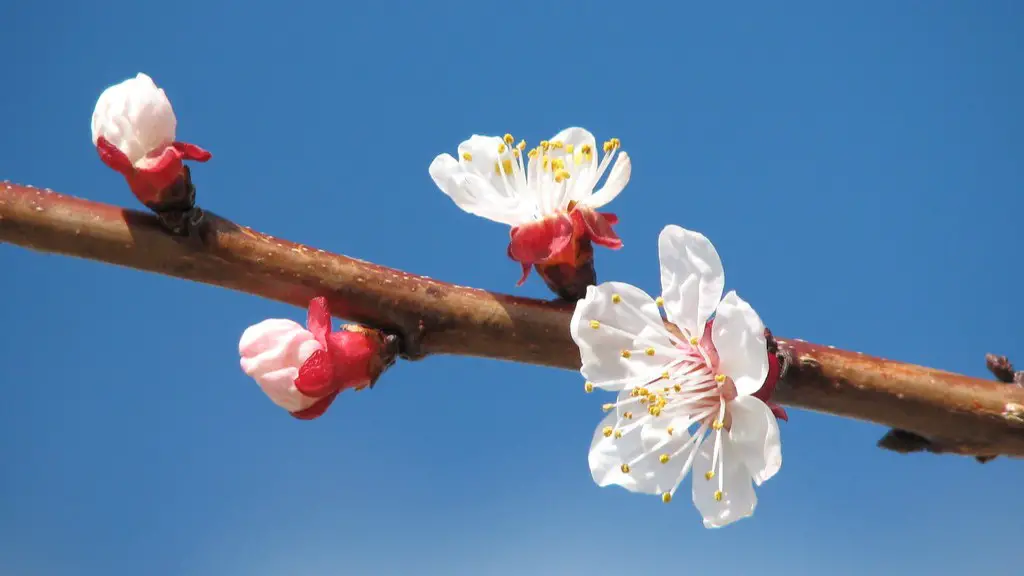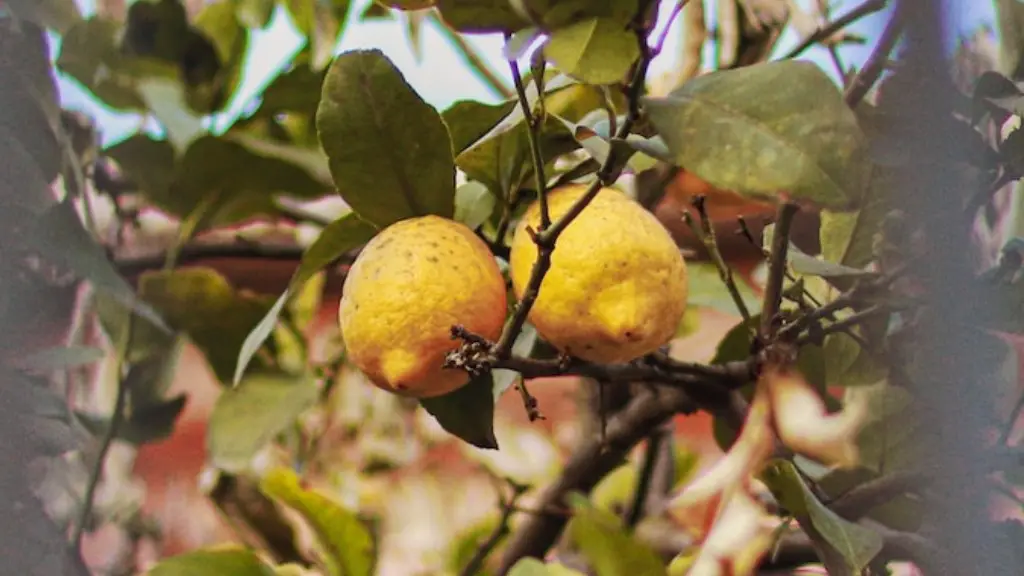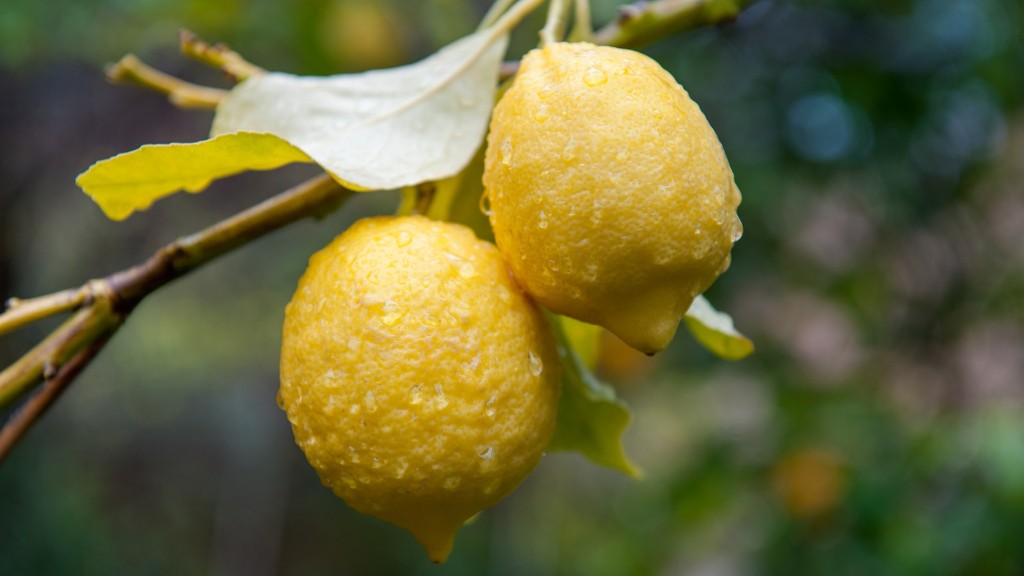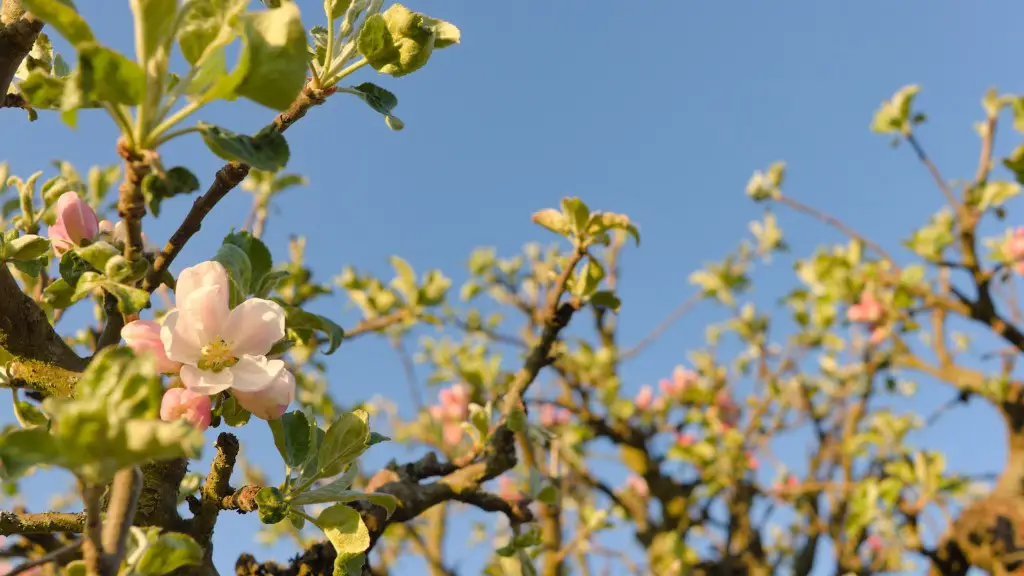Most gardeners are familiar with the beauty of flowering cherry trees, but not everyone knows that there are many varieties to choose from. One of the most popular and smallest of these varieties is the Japanese flowering cherry tree. This beautiful, small tree can bring great beauty to a yard or garden, but also has some unique advantages that might not be obvious at first glance.
The Japanese flowering cherry tree is a member of the genus Prunus. It is known for its abundance of delicate, white-pink blossoms that appear in spring. These flowers are a delight to the eye and create a beautiful accent in backyards and gardens alike. In addition to its appearance, some other advantages of the flowering cherry tree include easy maintenance and a low cost for purchase.
Botanists and horticulturalists consider the Japanese flowering cherry tree to be one of the smallest varieties of flowering cherry trees. The trees reach a mature height of 6 to 8 feet and have a spread of 8 to 10 feet. The trees are also small enough to be planted in a container, making them a great choice for those with limited space.
The Japanese flowering cherry tree is a hardy species that can tolerate a range of environmental conditions. It prefers full sun and well-drained soils, but can also adapt to partial shade and other types of soil. Additionally, the tree is highly tolerant of urban pollution, making it an ideal choice for city dwellers who want to add beauty and character to their yards.
In terms of care, the Japanese flowering cherry tree is relatively low-maintenance. The tree requires occasional pruning to keep it looking its best and make sure that the branches do not become overcrowded. Additionally, it does need to be watered regularly and receive adequate nutrients in order to maximize its growth potential. Thankfully, once established, the tree is relatively drought-tolerant.
It is clear that the Japanese flowering cherry tree is a beautiful and hardy option for creating a vibrant outdoor space in any size space. Plus, with its relatively easy maintenance, this small tree could be a great choice for beginning gardeners or those looking for a low-maintenance way to add color to their outdoor space.
Pruning
Pruning is an important part of caring for the Japanese flowering cherry tree. Pruning not only makes sure that the branches do not become overcrowded and detract from the tree’s beauty, but also encourages healthy growth and creates a better shape for the tree. Pruning should be done when the tree is dormant, typically during the late winter or early spring months.
When pruning, it is important to make sure that no more than one-third of the tree is removed. This will help preserve the natural shape of the tree and make sure the branches remain healthy. It is also important to prune out any dead or diseased branches and cut off any branches that interfere with the overall structure of the tree.
Pruning can be done in a variety of ways, including using sharp bypass pruners, loppers, or even a saw. For safety, it is important to wear protective equipment, such as gloves, eyewear, and a dust mask, when pruning. Lastly, it is important to sanitize all pruning tools before and after use to minimize the risk of spreading diseases between different plants.
Location and Care
When looking for a spot to plant the Japanese flowering cherry tree, it is important to consider a few key factors. First, the tree should have plenty of sunlight, but also should be protected from strong winds. Additionally, the soil should be well-draining and the location should be slightly sheltered from the elements.
When it comes to care for the Japanese flowering cherry tree, the best practice is to keep the soil evenly moist. This can be accomplished by watering it weekly, or even more frequently during hot, dry spells. Additionally, it should also receive regular application of fertilizer and mulch to ensure that it receives the nutrients it needs.
It is also important to protect the tree from pests. Japanese flowering cherry trees are not particularly susceptible to pests, but there are a few insect pests that can damage the tree. These include aphids, leaf miners, and scale. If any of these pests are spotted, they should be dealt with immediately using appropriate methods.
Diseases
Japanese flowering cherry trees are generally quite resilient to disease, but there are a few common ailments to watch for. These include black knot, powdery mildew, and leaf spot. Fortunately, if spotted early, all of these diseases can be treated with fungicides, though it is important to read and follow all instructions carefully.
In some cases, the tree may also show signs of root rot, which is caused by overly wet soil. If root rot is suspected, it is important to correct any drainage issues and increase air circulation around the base of the tree. Additionally, it may be necessary to treat the soil with fungicide to help the tree recover.
Pest Control
In addition to diseases, Japanese flowering cherry trees may also be at risk of infestation by a number of pests. These include aphids, mites, and scale. If any of these pests are spotted, they should be dealt with immediately using appropriate methods. For example, aphids and mites can be controlled through the use of insecticidal soap or oil, while scale can be removed with a sharp blade.
When using insecticides, always read and follow all instructions carefully. Additionally, in order to reduce the risk of pests, it is important to keep the area around the tree free of weeds and debris, as these can provide a home for pests and lead to infestation.
Fertilization
Fertilization is an important part of caring for the Japanese flowering cherry tree. A slow-release fertilizer should be applied in early spring, and then once again in midsummer. Some experts also recommend a third application in late summer to provide the tree with enough nutrients to get through the winter months. Additionally, organic fertilizers, such as compost and manure, can also be used.
It is important to always read and follow all instructions carefully when using fertilizers. Additionally, when applying fertilizer, it is important to stay away from the trunk and base of the tree, as this may lead to injury or root-burn.
Winterization
As with any tree, it is important to make sure that the Japanese flowering cherry tree is adequately prepared for winter weather. One of the best ways to do this is to apply a layer of mulch around the base of the tree. This will help insulate the roots and protect them from harsh weather conditions, such as snow and frost.
Additionally, it is important to prune any dead or diseased branches in late winter. This will help reduce the risk of further damage and ensure that the tree has plenty of healthy, green growth in the spring. Lastly, it is also important to keep an eye on the tree throughout the winter months, as it may be at risk of infestation by pests.
